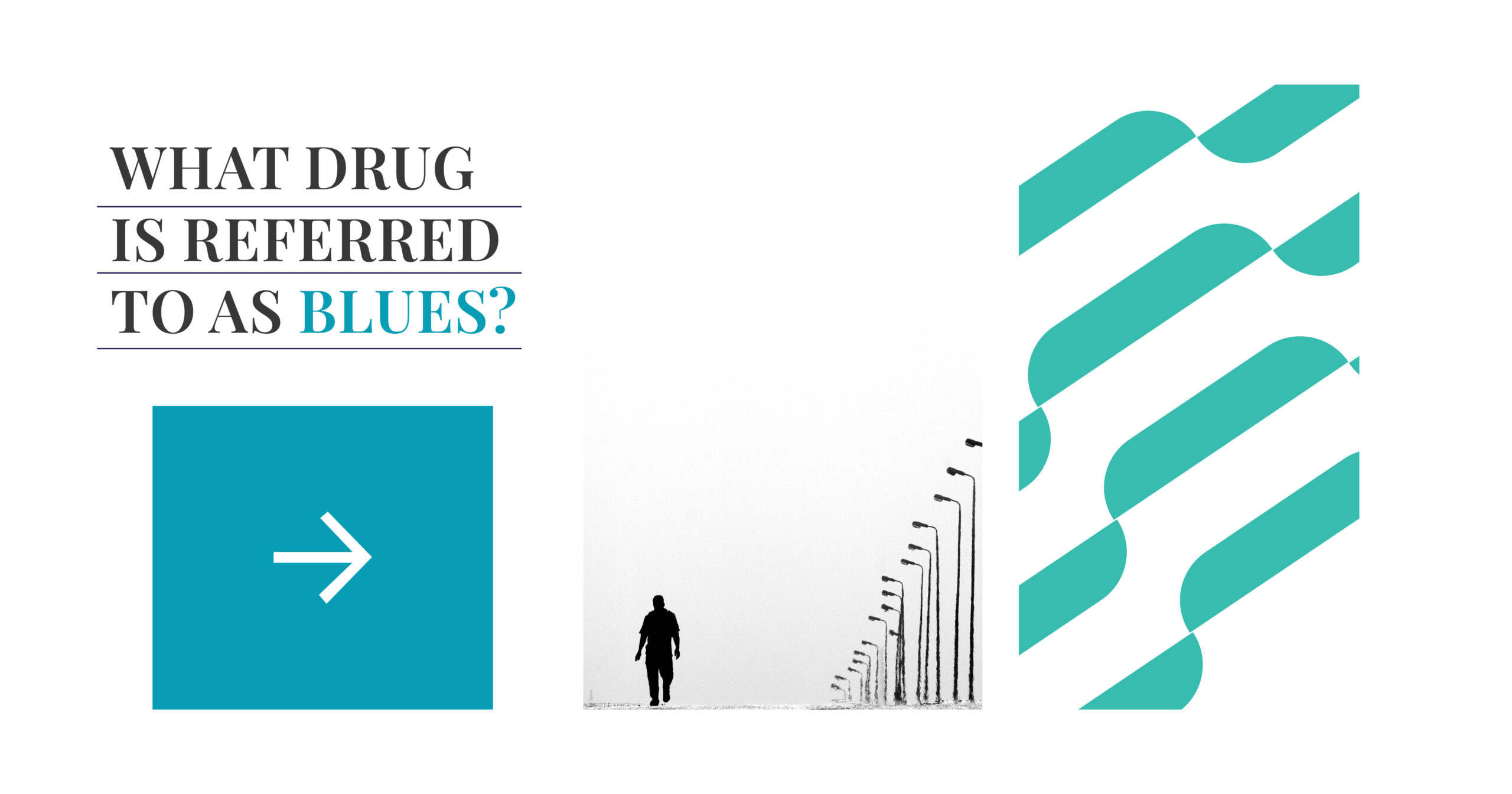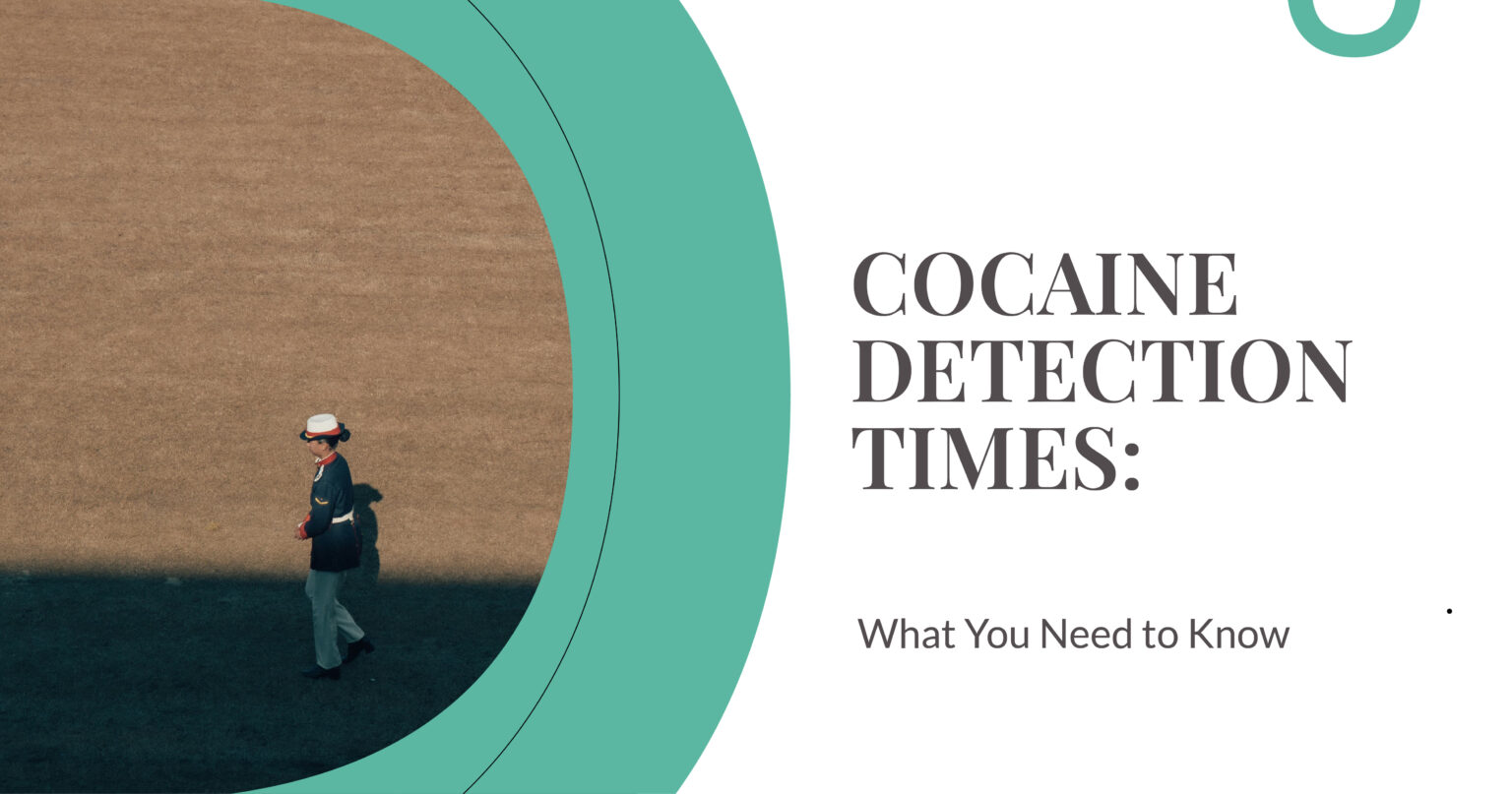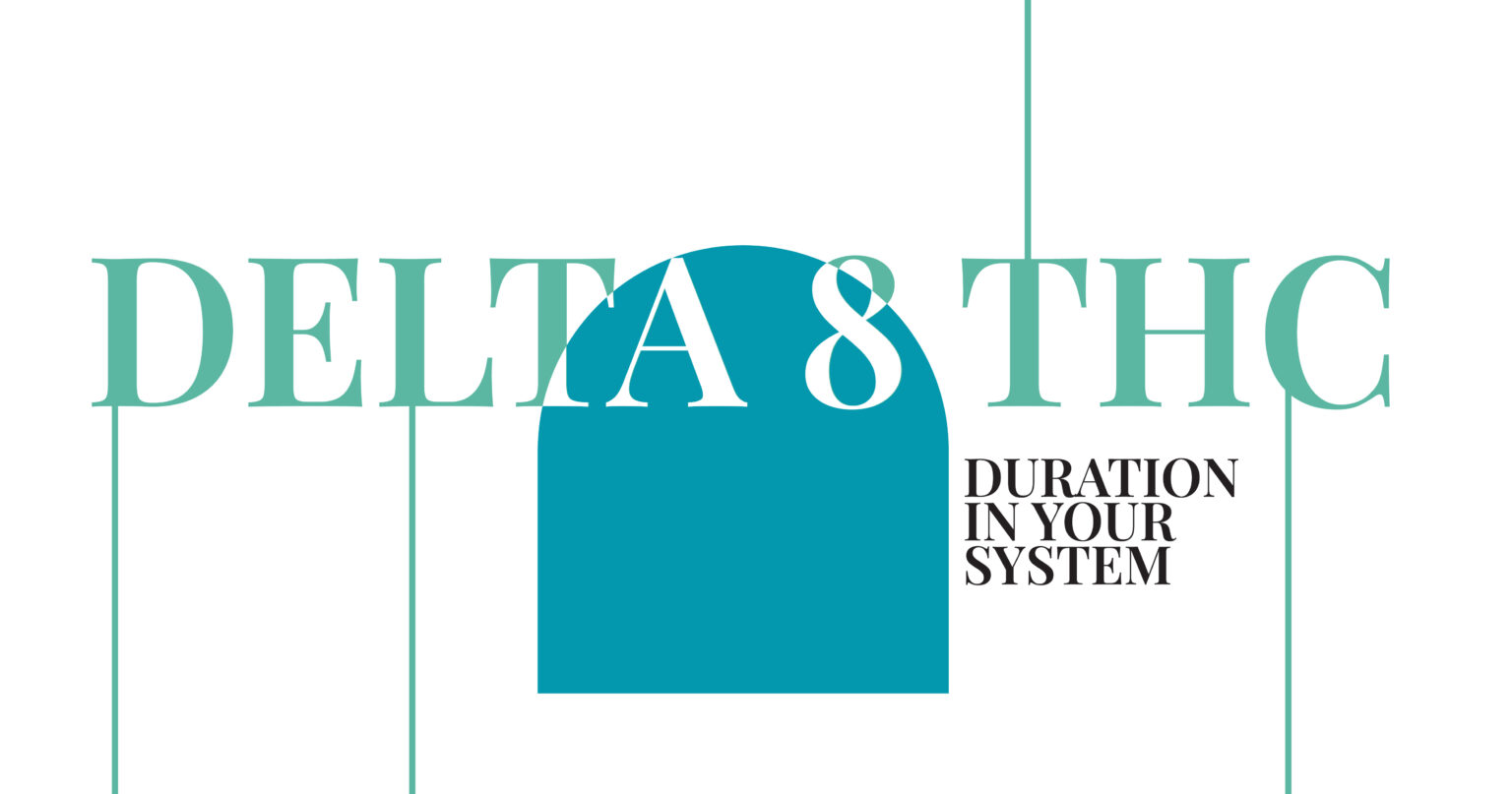Hearing about the “blues drug” or “blue pills” on the street is not an unusual experience. The term “Blues” is frequently used to describe a group of prescription medicines, headlined by oxycodone when it comes in its blue 30mg tablet form, sometimes called “Roxy” or “Roxicodone.” Even though these pills are regulated in medical use for severe pain, they have made their way into illegal drug markets and widespread abuse. Many street users take “blues” for their strong buzz, unaware that this leads to addiction, high risks of overdose, and can result in death.
Rising opioid abuse is creating a major public health crisis. According to the CDC, of the nearly 110,000 drug overdose deaths in the U.S. in 2022, more than three-quarters involved opioids. Oxycodone, which people used to see as only a prescription medicine for pain, is now seen as one of the most misused drugs, often known by the street name “blues.” We will talk in this blog about what the blues drug is, how it is being abused, and the hazards that ensue from more people using it on the street.
Definition and History of Blues Drugs
Generally, the term “blues drug” refers to blue pills, often 30mg of oxycodone, which street people often call “blues,” “Roxys,” or “M30s.” They are in the class of drugs usually given to patients for the treatment of strong pain, but their euphoric power has led to their popular use by drug abusers and illegal selling.
It began as a medicine for treating pain, and in the early 20th century, oxycodone was developed before the FDA officially approved it in the 1970s. During the late 1990s and early 2000s, many pharmaceutical companies began encouraging the use of opioids for treating long-term pain, which caused usage to increase rapidly. As more pills became available, use increased outside of medicine, more people became addicted, and illegal selling rose. At present, blue pills or “blues” are widely misused, and even though they may be fake, they are often mixed with fentanyl, making overdose more likely.
Common Types and Variants of Blues Drugs
Although the term blues drug is usually used for oxycodone 30mg, it has now become a term for many different blue pills, both those prescribed and those sold illegally. Some of these are opioids, and the rest may be medications that do not contain opioids, but are still used incorrectly or made to seem just like the original “blues.” Certain batches of pills are made with additives such as fentanyl, which makes them very dangerous.
Let’s look at the main types and versions connected to “blues”:
| Name / Variant | Description | Risk Level | Street Name |
| Oxycodone 30mg (M30) | Prescription opioid, round blue tablet marked with “M30” | High (addiction/OD) | Blues, Roxys, M30s |
| Counterfeit M30 | Illegally made pills often laced with fentanyl, designed to look like real M30s | Extremely High (lethal) | Fake Blues, Dirty 30s |
| Roxicodone | Brand name for oxycodone, same as M30 in effect and color | High | Roxy, Blues |
| Fentanyl Pills (Blue) | Illegally made blue pills containing fentanyl | Extremely High | Blues, Fetty Pills |
| Adderall (Blue variants) | Legit ADHD medication, sometimes misused or confused with opioids | Moderate (non-opioid) | Addys |
| Diazepam (Blue Tablets) | Anti-anxiety prescription drug, sometimes used recreationally | Moderate | Vallies |
Effects and Risks Associated with Blues Drugs
When oxycodone or fentanyl are part of blue drugs, they can strongly affect the body and mind. While these drugs are meant for managing pain by doctors, taking them in any other way, including fake blue pills, can result in serious or even fatal effects. If barbiturates are taken in large doses, combined with various drugs, or bought from unregulated locations, the level of risk goes up.

These are the most frequent effects and risks that come with using blue drugs:
- A feeling of great happiness or excitement.
- Pain medication and sedation.
- Slowed or difficult breathing (bradypnea).
- Mistakes or feeling tired.
- The presence of nausea, vomiting, or constipation.
- Overdose risk rises, mainly because of fentanyl mixed with other pills.
- People become physically and mentally dependent.
- Syndromes are caused by withdrawal after use is discontinued.
- Addiction is more likely to develop after long-term use of any drug.
- Fatal overdose is possible, especially if Xanax is used together with alcohol or certain depressants.
Treatment and Support Options for Blue Drug Users
Usually, recovering from blue drug misuse, especially due to opioids such as oxycodone or fentanyl, involves using medical care, therapy, and ongoing support. Because drugs like these can make people dependent and want them strongly, getting help from professionals is really important for healing. Fortunately, medical specialists can use several treatments to help deal with the addiction and its causes.
The following table outlines the most common steps people use to help someone with blue pill or opioid addiction.
| Treatment Option | Description | Setting | Best For |
| Medical Detox | Supervised withdrawal process with medical monitoring and symptom management | Inpatient or outpatient | Safe withdrawal from opioids or fentanyl |
| Inpatient Rehab | 24/7 care with therapy, group sessions, and medication support | Residential facility | Severe addiction or co-occurring disorders |
| Outpatient Rehab | Structured treatment with flexibility to live at home | Clinic-based | Mild to moderate addiction |
| Medication-Assisted Treatment (MAT) | Use of medications like Suboxone or methadone to reduce cravings and withdrawal | Inpatient or outpatient | Opioid addiction with high relapse risk |
| Cognitive Behavioral Therapy (CBT) | Focused therapy to change drug-related thoughts and behaviors | Individual or group therapy | Ongoing recovery and relapse prevention |
| Peer Support Groups | Non-clinical support from others in recovery (e.g., NA, SMART Recovery) | Community-based | Long-term accountability and emotional support |
| Aftercare Planning | Continued recovery strategies after formal treatment ends | Custom-tailored | Maintaining sobriety and preventing relapse |
Legal Implications of Using “Blues” Drugs
Not having a valid prescription can lead to serious punishment if you are found with “blues” drugs. With oxycodone and fentanyl, both seen as controlled substances, the pills are monitored by legislation at both the federal and state levels. Dealing with fake blue pills makes the legal risks higher, since they are frequently linked to drug trafficking and drug overdose cases.

Here are some of the legal effects of using or spreading “blues” drugs:
- A person can face criminal charges for possessing a controlled substance.
- A person may be charged with a felony for trying to distribute drugs.
- Stricter punishments for dealing in counterfeit opioids, mainly those that have fentanyl
- Mandatory jail or prison sentences if the amount sold or possessed is high
- State laws in some cases require judges to sentence offenders to a minimum period in jail.
- Suspending or cancelling someone’s driver’s license
- People fail to find work or achieve success in their careers.
- More attention is being given to drug use by law enforcement and medical professionals
- When an overdose happens due to pills passed on or sold, those selling or sharing the drugs can be held legally liable.
Community Perspectives on Blues Drugs
The problem of blue drugs being produced illegally or as fake pills has badly affected people in many communities across the country. An issue that started as a private one is now a major cause of concern among the public because overdose deaths from opioids and fentanyl presence in pills keep increasing. A number of communities have noticed how families, schools, and healthcare systems are affected, which is increasing the demand for prevention, treatments, and information.
Many who live in affected neighborhoods often feel anxious, upset, and sad as the swift rise of drug use causes many problems in their community. Simultaneously, those in support groups, outreach, and advocacy are working to bring in a new approach which highlights empathy, learning, and help for treatment rather than simply punishing addicts. Efforts from many groups make it clear that discussion and actions focused on understanding and healing, not only rules, are required.
Learn More at Opus Health
If someone is having problems with blue pill addiction or opioid addiction, the team at Opus Health is prepared to support them. Our professionals are caring and ensure you get complete care, including medical detox and personally planned long-term treatment.
Contact Opus Health today for expert care and guidance on the path to recovery.
FAQs
What are the street names for blue pills in the opioid category?
Blues, Roxys, M30s, dirty 30s, and fetty pills are typical terms used for street names. These names usually mean oxycodone or fake pills that have fentanyl in them.
How do blue prescription drugs contribute to addiction and drug abuse?
They include strong opioids that soon cause a person to become physically and mentally addicted to the drugs. If painkillers are not taken properly with a prescription, the rate of addiction becomes much higher.
What are the risks of using illegal blue painkillers?
Many illegal blue pills are copies of the genuine medication and may hide the deadly synthetic opioid fentanyl. Even a single dose can cause serious harm or lead to death.
How can you identify blue pills that are commonly abused as opioids?
Try to find M30 tablets that are blue, round, and stamped with “M30” on them, since they are usually sold without a prescription. Even though visual inspection is used, many dangerous counterfeits can be very similar to the real thing.
What are the signs of addiction to blue prescription drugs?
Some of the signs are tolerating more drugs, having withdrawal symptoms if usage stops, acting compulsively to get drugs, and continuing to use drugs even when it leads to problems. People may also have sudden emotional changes, become less social, and fail to complete their responsibilities.




